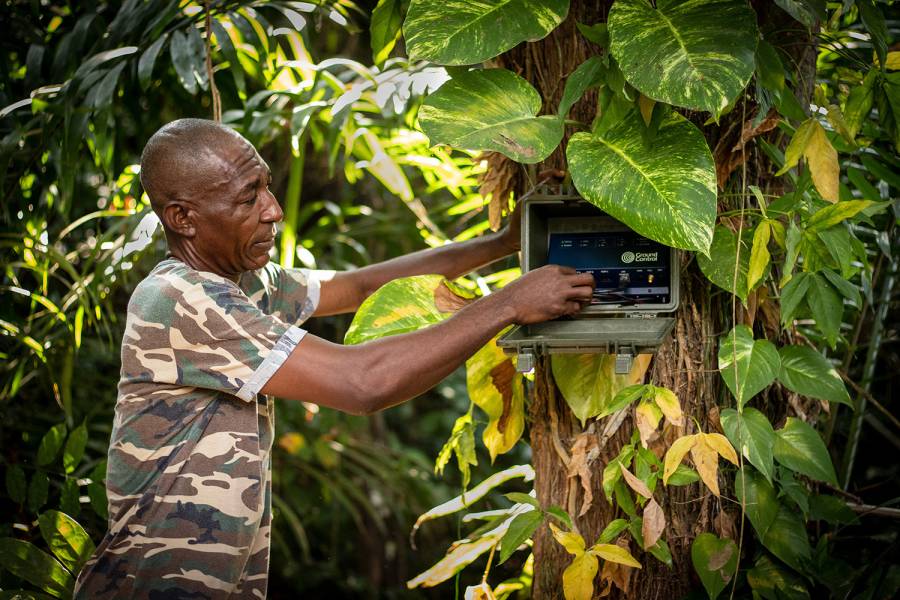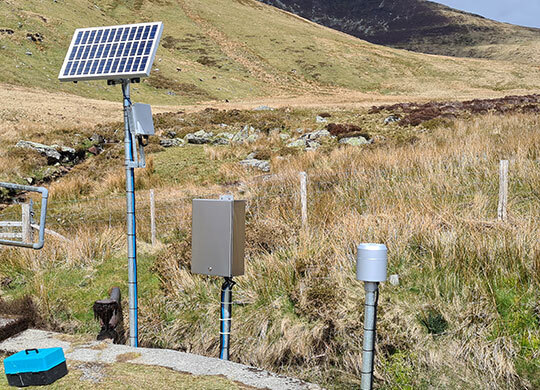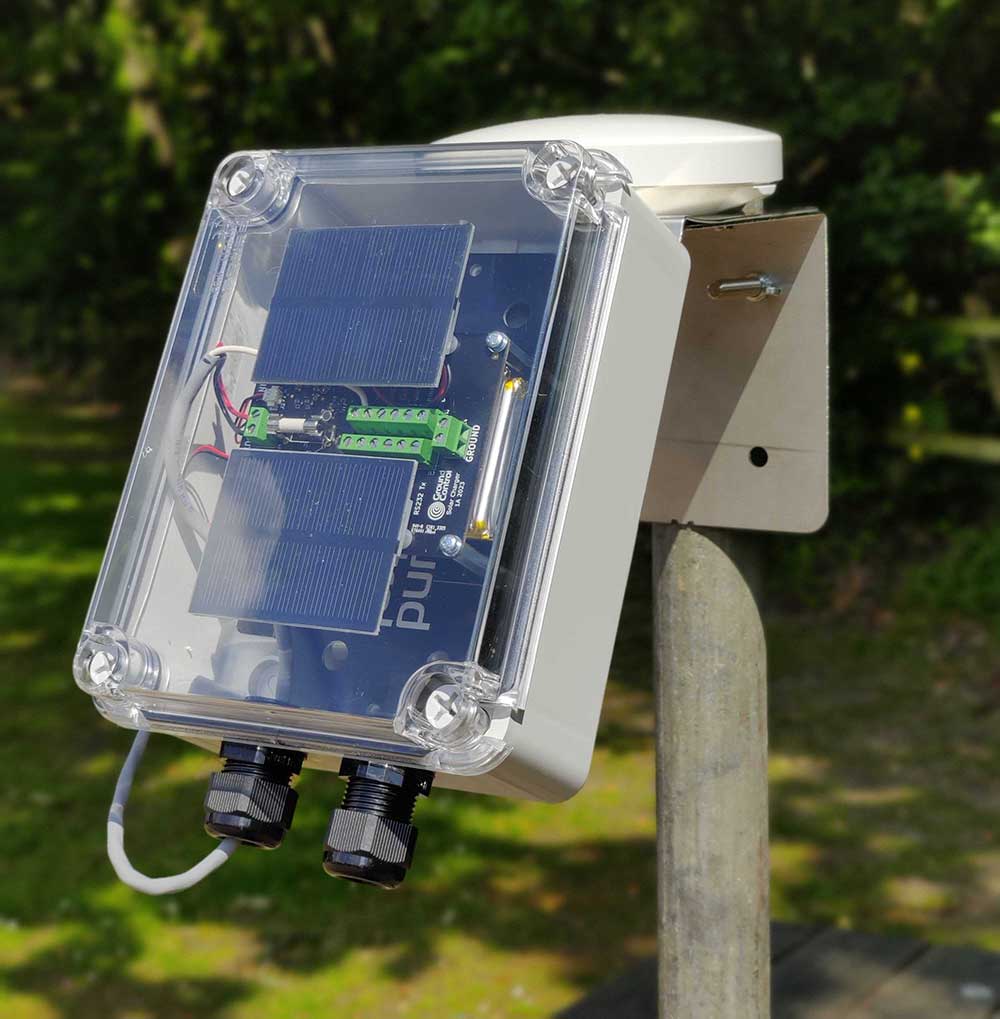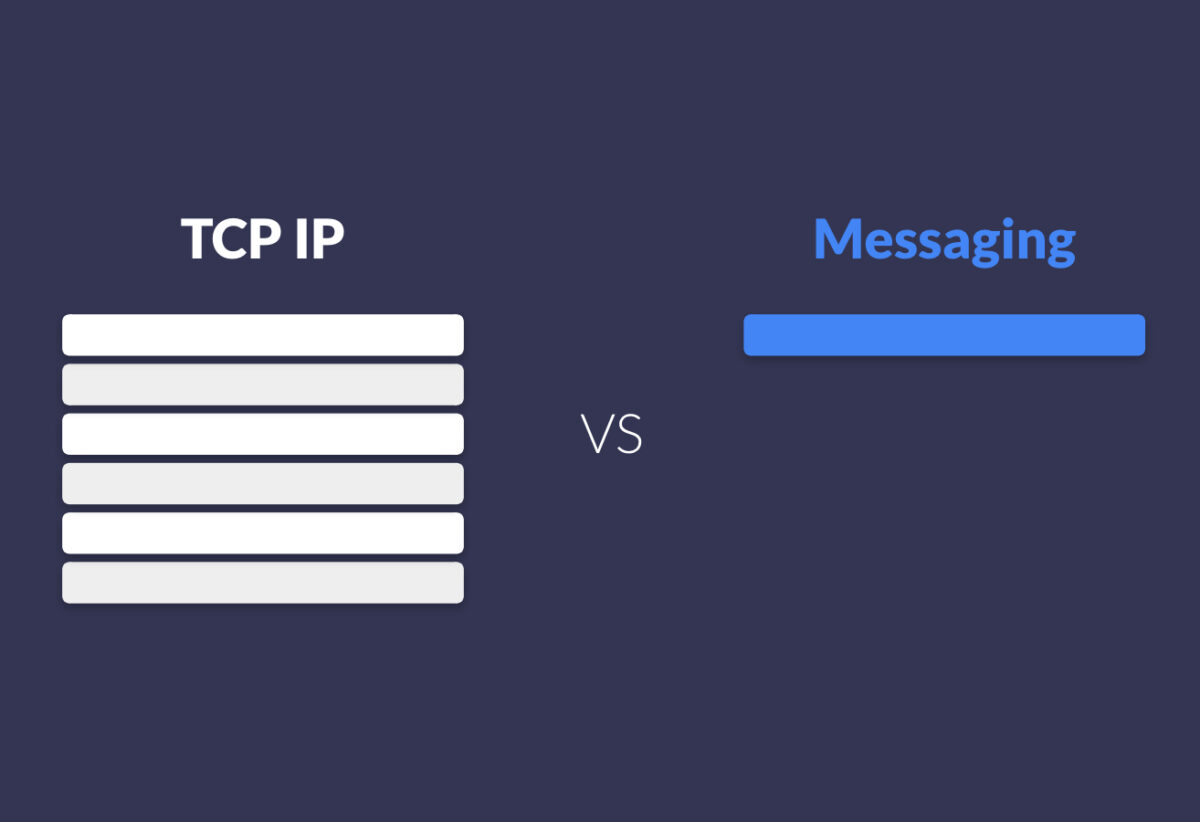Optimizing Your Use of the Space Segment
Transmitting data over satellite is more expensive and power hungry than sending it over terrestrial networks. Understanding how to use satellite IoT efficiently is key to ensuring that your costs and power requirements remain at a minimum.
Data optimization starts with determining exactly what data you need, and how frequently you need it. In terrestrial networks with few data constraints, information is passed freely; when it comes to satellite, consider paring that back.
For example, you could have a simple temperature sensor; the information you’re looking for is the temperature. But quite often it will transmit lots of information about its firmware / software version, its ID, what protocol it’s using, how often it’s transmitting, configuration settings – usually unnecessary, and always costly to send.

Human-readable information is another opportunity to optimize. Frequently – per the above example – we see information being transmitted that includes far more data overhead than is necessary for a computer. Sending the former will cost you more money, and drain your battery faster, than is necessary.
As well as reducing the amount of data you send, you should also consider how often you send data. Could you manage with every 30 minutes instead of every two minutes, for example? Or can you report on exception?
Finally, could you use a messaging service instead of TCP/IP? Messaging is a much more efficient way of using satellite airtime. Read our blog post on this topic to learn more.
Edge computing can help you substantially lower the cost and power drain of your satellite IoT data transmissions. Firstly, you can report on exception: when data falls out of pre-agreed parameters, transmit; otherwise, assume no changes.
Secondly, you can define your data priority; some protocols, notably MQTT, allow you to define different priorities for different data sets. Lower priority data sets can be batched and sent once a day, for example; higher priority data sets sent every 15 minutes.
Thirdly, you can interpret and analyze the data in the field. If a temperature sensor reaches a certain limit, your edge computing-enabled terminal can action a response to this, whether that’s to alert an engineer or start some form of cooling process.
Finally, you can reduce, average or compress your data.
Recently we collaborated on a system for a large wind and solar measurement tool company. Instead of transmitting everything captured by their data loggers, we’re sending a sample of each log file to their server. The server decides what’s worth investigating further, and that log file is then sent in full.
If your sensors or gateway have edge computing capabilities, you can of course utilize them. Equally, we have designed satellite IoT transceivers with in-built edge computing for this specific purpose: to save money and conserve battery power, while still ensuring that you get essential data when you need it.

Four Ways to Optimize Your IoT Data for Satellite
Data Optimization in Practice
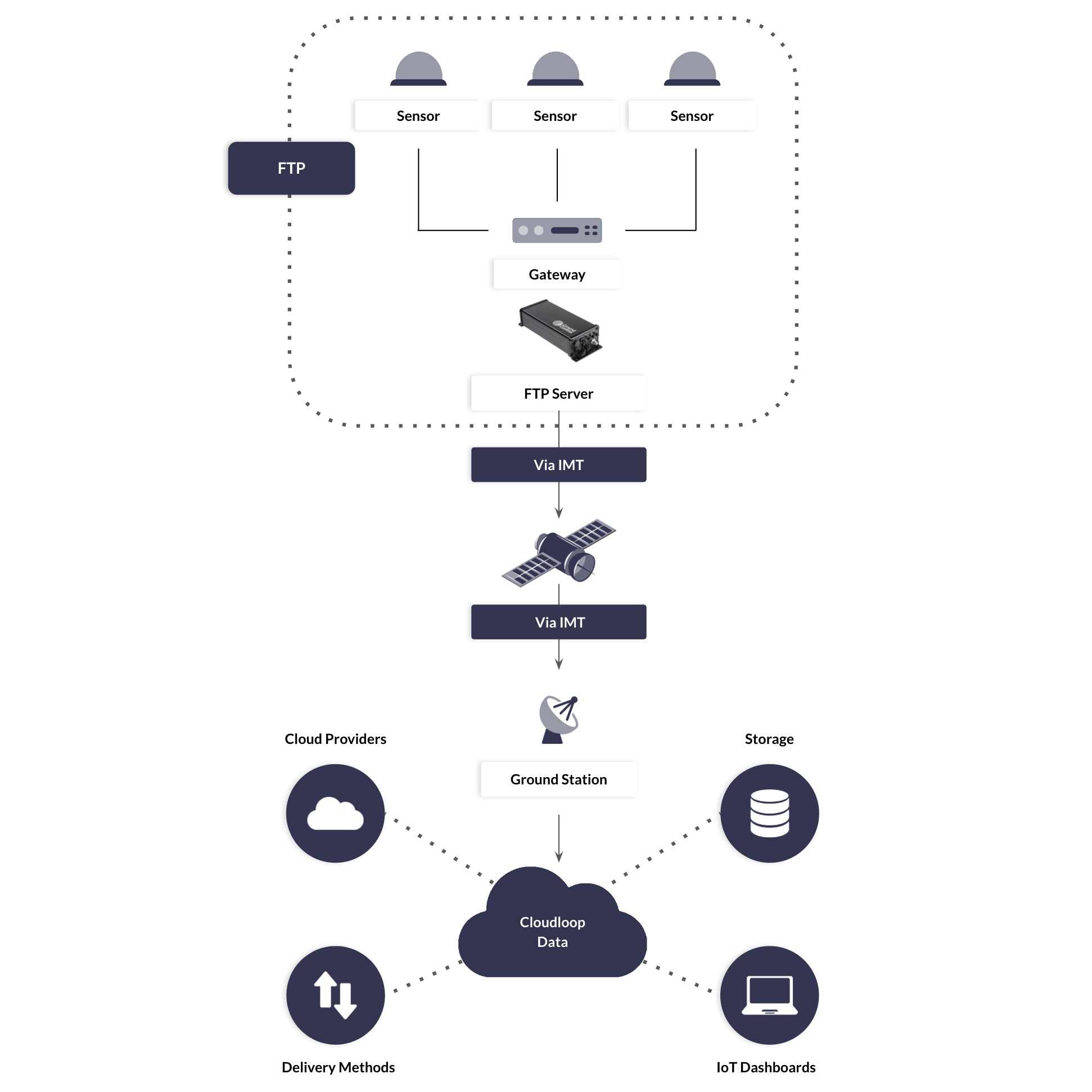
Optimizing FTP Transmissions
One of our customers designs and builds data loggers for use in wind and solar farms. They use FTP to move data from the loggers to the server. One drawback of this protocol is that, if the link fails, you’ll have to send your entire transmission again. This has the potential to be costly over a satellite data link.
Our solution was to add an FTP server to RockREMOTE. RockREMOTE converts the data into packets that can be sent over Iridium Messaging Transport – this is more cost-effective and reliable. Once the data returns to Earth, our Cloudloop Data platform receives it and automatically re-formats it for use in multiple destinations.
Using Timed Firewalls to Batch Data
A renewable energy company has a sophisticated set of sensors to detect bird and bat interactions with its wind turbines. The gateway for these sensors expects an always-on, cellular-based connection, and will send data continuously. Over satellite this would be wasteful and expensive.
We added a timed firewall to the RockREMOTE satellite transceiver which is co-located with the gateway. Once a day, RockREMOTE drops the firewall, and the gateway sends its aggregated data.
Automatic Compression of Rich Media
Anti-poaching pioneers Digital Forest are using AI-powered camera traps in Gabon. These utilize sophisticated image recognition technology to ensure that alerts are sent in real-time when a protected species is at risk.
RockREMOTE automatically packages and compresses messages prior to transmission to minimize the amount of data sent, and selects the most appropriate compression algorithm based on the content being transmitted. Messages are received and published to Cloudloop Data, enabling immediate transmission to Digital Forest’s cloud-based platform.
Recommended Devices
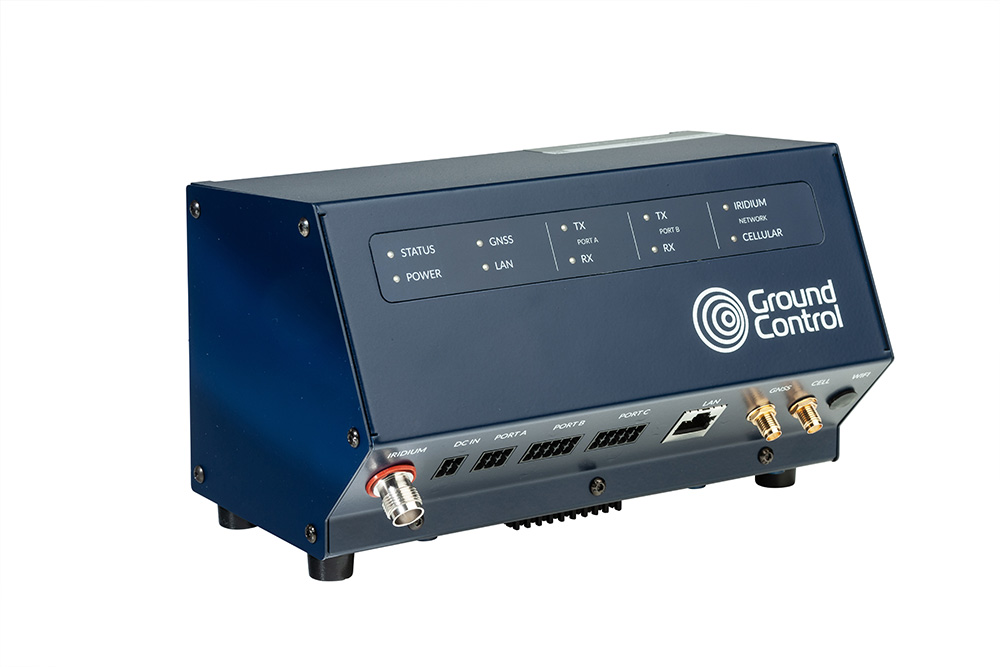
RockREMOTE
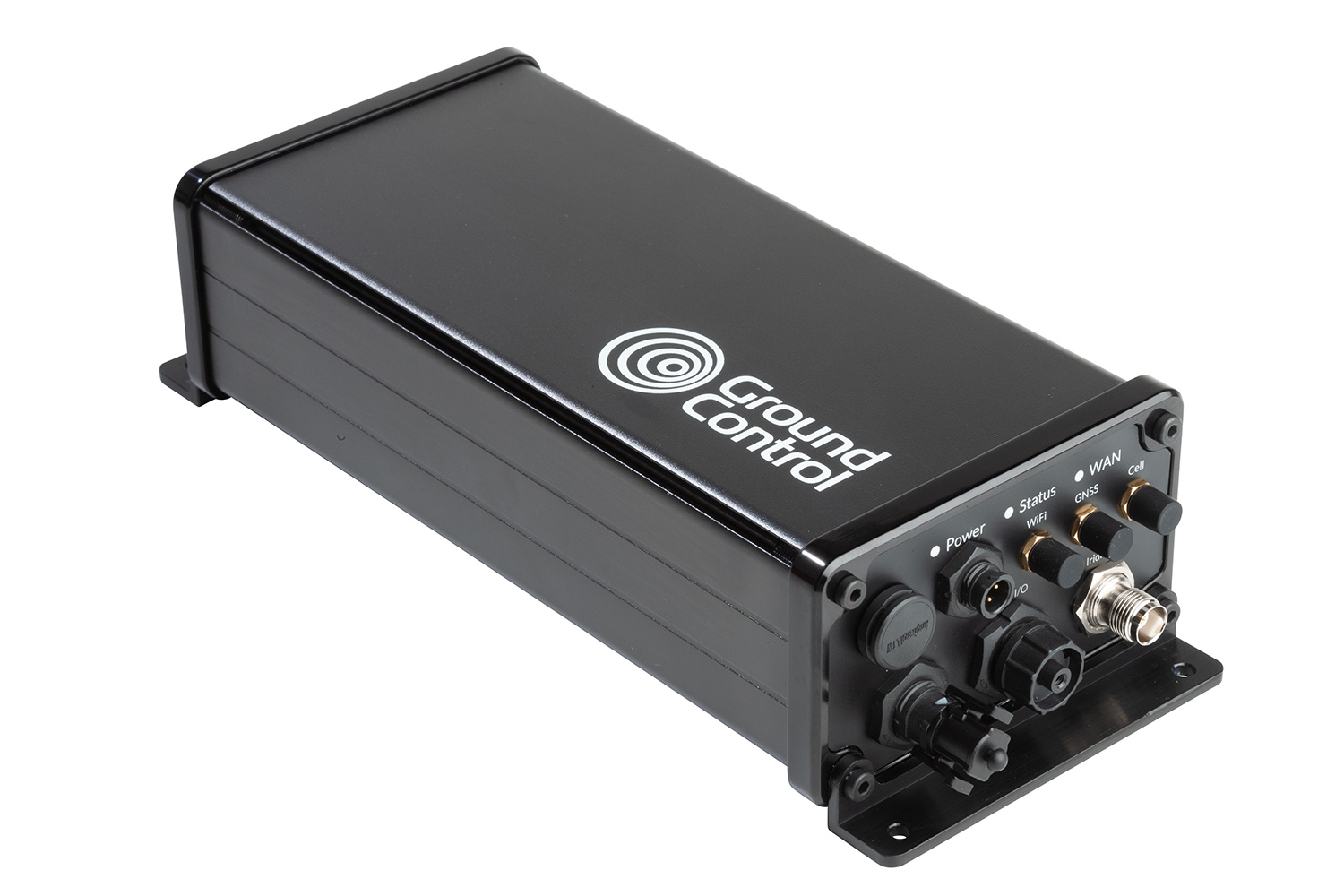
RockREMOTE Rugged
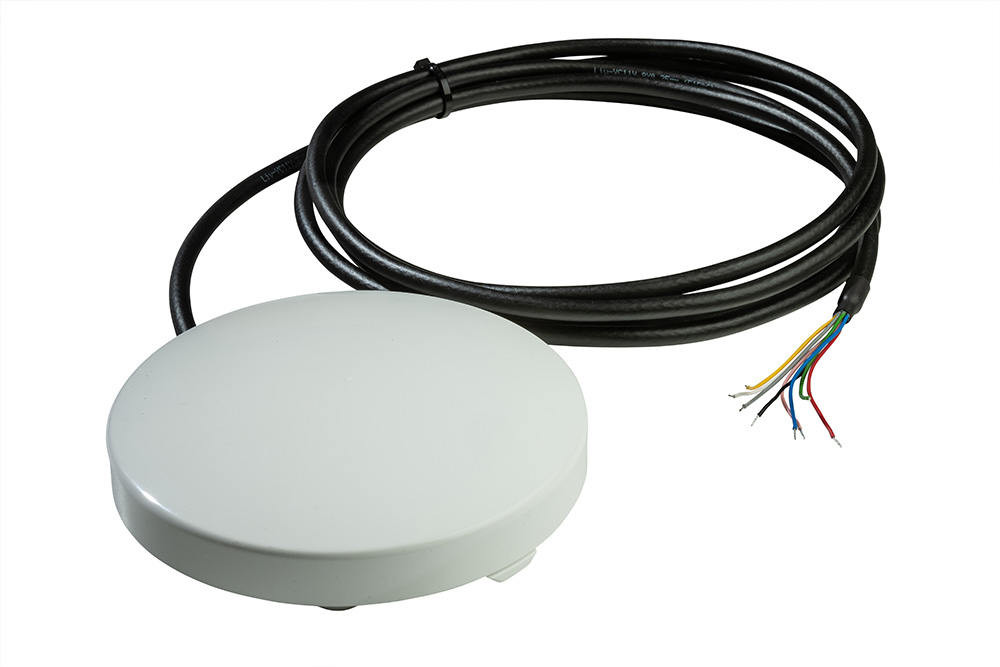
RockBLOCK SwitchSense
Here to Help
We are experts in optimizing data transmissions over satellite, helping to save our customers money and conserve battery life. We work with sensor and data logger manufacturers, and end users alike, to help ensure your application is cost-effective and efficient.
Please call us on us on +44 (0) 1452 751940 (Europe, Asia, Africa, Oceania) or +1.805.783.4600 (North and South America); email hello@groundcontrol.com, or complete the form.


